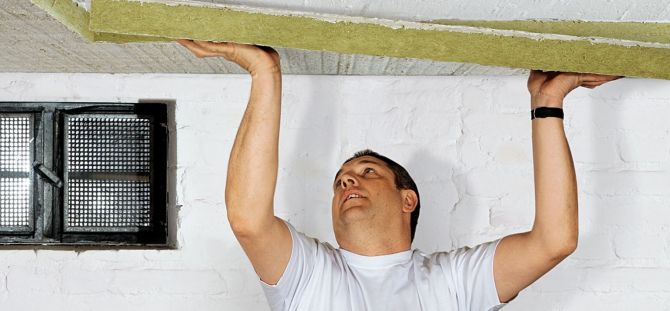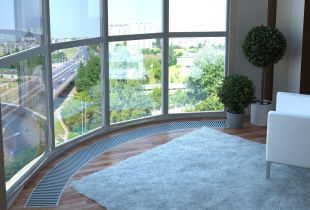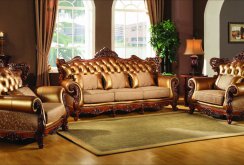Home insulation: all about materials and methods
To ensure that the room always has an optimal microclimate - it was warm in winter and not too hot in summer, it is important to take care of high-quality insulation of residential buildings. There are entire catalogs of materials with which to last insulation, sound insulation, moisture protection of certain locations. Our brief review will introduce potential consumers to the most popular materials and methods of insulation.Basic characteristics
Home insulation can be internal and external. The ideal time for interior work on the insulation of walls, floors or ceilings is the repair period before the start of the finishing decorative finish. If the repair has already been done or there is an urgent need to save precious residential "squares", they are engaged in external insulation. Sometimes it is cheaper, in addition, in many aspects, working on the street is more practical and convenient than indoors. Depending on the locations where the work is carried out, insulation can be divided into such conventional varieties:- Walls;
- Ceiling;
- Floor;
- Balcony or loggia;
- Integrated insulation;
- Window insulation;
- Fragmented insulation;
- Insulation of doors and other openings.
What is thermal insulation
If you understand the materials for insulation, you can quickly and effortlessly choose the best option. Before this, you need to analyze and compare the most popular offers on the market. Thermal insulation is divided into two huge categories:- Thermal insulation of the reflective type. The main principle is to reduce the consumption of thermal energy due to minimizing the ingress of infrared radiation;
- Preventive thermal insulation is the most popular option. The method of insulation is based on the use of materials characterized by a particularly low level of heat conductivity.
Preventive thermal insulation
Distinguish between organic, inorganic, and mixed materials. Organic heaters deserve special attention. In the modern market they are presented in the widest assortment. Here are the most requested options:- Arbolite insulation (sawdust, shavings, straw, reeds);
- Polyvinyl chloride insulation;
- Insulation from chipboard elements;
- DVIP (wood-fiber insulation plate);
- Polyurethane foam insulation;
- Mipora (penoizol based on formaldehyde resins);
- Expanded polystyrene (aka polystyrene);
- Foamed polyethylene;
- Fibrolite (base - wood shavings);
- Sotoplastovy heater;
- Ecowool (waste paper and cardboard production).
Inorganic type thermal insulation
Inorganic heaters are represented by various types of mineral components. Rolls, mats, plates, as well as various raw materials in bulk form are produced as the final material for the insulation of walls, ceilings, and floors. The main options:- Mineral wool (slag and stone);
- Glass wool;
- Ceramic wool.
Mixed types of insulation materials
Mixed raw materials for warming rooms are made from asbestos-based mixtures. A distinctive feature of these materials is their ideal heat resistance. Also, asbestos cloths absorb moisture well, so warming in this case is combined with waterproofing work. The most popular materials:- Sovelit;
- Volcano.

 Balcony insulation: comfort at any time of the year
Balcony insulation: comfort at any time of the year






